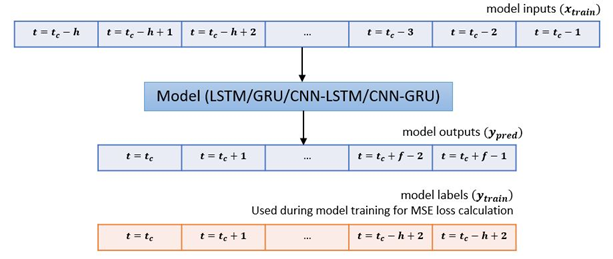
Enhancing TV Viewership Prediction with Advanced Machine Learning Techniques using Recurrent Neural Networks (RNN)
Introduction Accurately predicting TV viewership is vital for TV networks to make informed decisions about programming and advertising. This blog post explores a partnership between Admongrel with University College London, focusing on the accuracy of Recurrent Neural Network (RNN) models in predicting prime-time viewership. By optimising hyperparameters, selecting relevant features, and using different model designs, the goal is to improve the accuracy of viewership predictions. Model Design The models used in this project predict future TV viewership by analysing historical data. They consider a sequence of past time windows, extracting features and using them to forecast viewership for future time windows. The models compare their predictions to the actual viewership data during training, continuously improving their accuracy. There is a delay before the models can generate predictions, and the input and output arrays determine the amount of data used and the length of the future time window. The project explores four different types of models: LSTM, GRU, CNN-LSTM, and CNN-GRU. Results Based on the evaluation metric known as Root Mean Square Error (RMSE), the LSTM model with proper feature selection performed the best. LSTM’s strength lies in capturing complex relationships and long-term dependencies within the data. The predictions made by LSTM models showed a good alignment with actual viewership for shorter prediction horizons (5 minutes or less), resulting in lower RMSE values. However, for longer prediction horizons (10 minutes or more), there were significant deviations leading to increased RMSE. Accurate viewership predictions, particularly at a minute-by-minute level, are crucial for making informed decisions in TV networks. The best-performing LSTM model utilized all features except for “Day of week” and achieved an RMSE of 5010 with a prediction time of 0.788 seconds. These optimal parameters were determined through careful experimentation and hyperparameter tuning, leading to the highest predictive accuracy. Figure 2 shows a visualisation between actual and predicted viewership values of the best-performing model. Challenges From Figure 2, the models faced challenges when accurately predicting viewership during sudden drops followed by rapid recoveries within a minute. These anomalies were difficult to anticipate based solely on historical patterns, as other numerical features lacked similar declines. To overcome these abrupt changes, it is recommended to incorporate additional contextual data. TV networks should exercise caution and evaluate if these fluctuations are anomalies before making immediate decisions. Despite these challenges, the models still demonstrated low RMSE, highlighting their robustness and reliability. Conclusion The partnership between Admongrel and the TV network has provided valuable insights into enhancing TV viewership prediction using advanced machine learning techniques. By leveraging Recurrent Neural Networks, specifically LSTM models, the developed forecasting algorithm benefits both TV networks and advertisers. Although challenges exist in predicting sudden drops and recoveries, the models demonstrate robustness and achieve low RMSE, indicating their practical viability. Incorporating additional contextual data is recommended to handle such events. This research contributes to automating and improving the accuracy of TV viewership prediction, empowering the industry with AI and big data analytics.
BACK TO BLOG LIST
